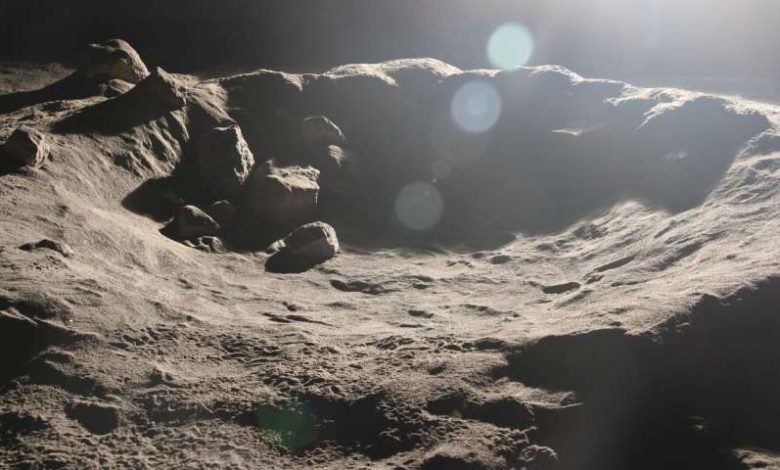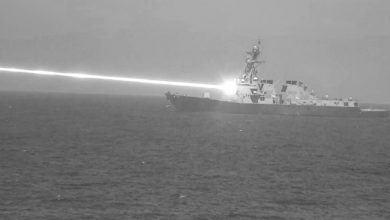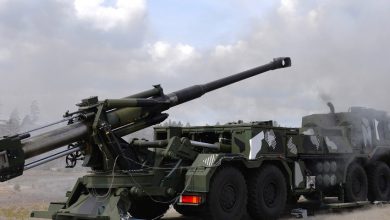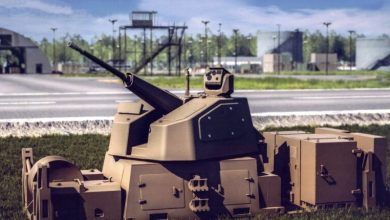NASA has simulated a tiny part of the moon here on Earth

Before going to the moon, the Apollo astronauts trained at various sites on Earth that best approximated the lunar surface, such as the volcanic regions Iceland, Hawaii and the U.S. Southwest.
To help prepare for upcoming robotic and human Artemis missions, a newly upgraded “mini-moon” lunar testbed will allow astronauts and robots to test out realistic conditions on the moon including rough terrain and unusual sunlight.
The Lunar Lab and Regolith Testbed at the Ames Research Center in California simulates conditions on the moon in a high-fidelity environment, allowing researchers to test hardware designs intended for the lunar surface. The lab is currently being used as a test environment for the next phases of the Artemis Program, to conduct studies on optical sensing and drill testing, and tests for in-situ resource utilization identification and extraction techniques.
The facility was originally built in 2009 but has now been expanded and upgraded to include a lunar lab with multiple testbeds with a variety of simulated lunar regolith. These large indoor “sandboxes” can be configured and customized to simulate various regions on the moon. In addition, a special lighting system can re-create realistic lighting conditions on the moon, such as the darkness of a lunar polar crater, or the glaring rays of the sun that the Apollo astronauts had to deal with in the lunar mares.
The testbeds aren’t huge, but big enough to provide a variety of conditions. The first original sandbox measures approximately 13 feet by 13 feet by 1.5 feet (4 meters by 4 meters by 0.5 meter) and is filled with eight tons a lunar regolith simulant called Johnson Space Center One simulant (JSC-1A), which makes this the world’s largest collection of the material. The JSC-1A simulant mimics the moon’s mare basins and is dark gray in color.
The new larger testbed, measures 62 feet by 13 feet by 1 foot (19 meters by 4 meters by 0.3 meter) and is filled with more than 20 tons of Lunar Highlands Simulant-1 (LHS-1), which is light gray to simulate the lunar highlands. This larger sandbox can be reconfigured if needed to be a smaller, but deeper, testbed.
Some of the things tested are how various tools and rovers work in the incredibly abrasive and “sticky” regolith. Moon dust has grains as fine as powder, but it can also be sharp as tiny shards of glass. In addition, it has the annoying ability to electrostatically cling to everything.





